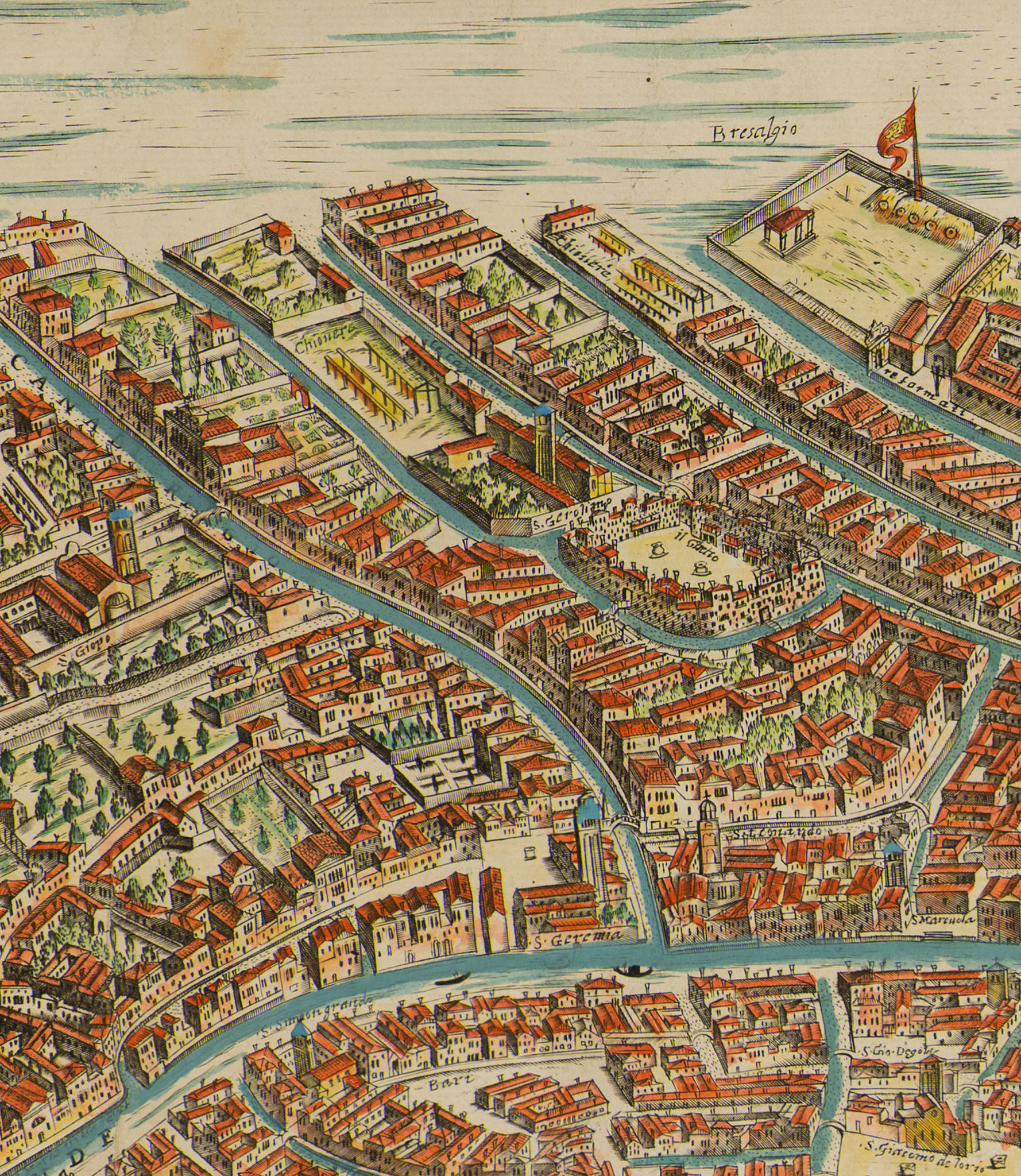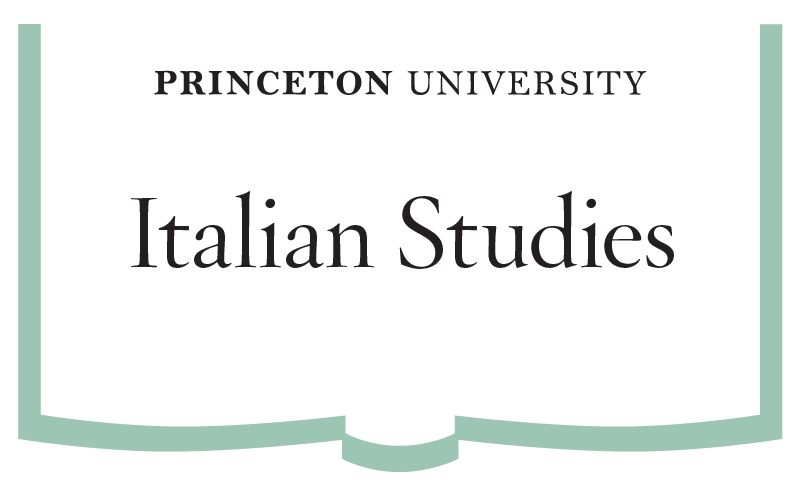
Ghetto Urbanism in Early Modern Venice
Dana Katz Reed College
November 27, 2017 · 4:30 pm—6:00 pm · 010 East Pyne
Program in Italian Studies, Co-sponsored with the Program in Judaic Studies and the Renaissance Program

On March 29, 1516, the Venetian Senate ordered all Jews residing in the city to move to the Ghetto Nuovo. This talk examines the ghetto’s placement within the urban landscape of Venice, comparing the location of the Venetian ghetto on the city’s periphery to the disposition of the ghettos in Rome and Florence in the city center. This comparative analysis, in Italy and elsewhere, seeks to define the contours of ghettoization and to elucidate the principles of urban planning in the Venetian context. Here I explore the ghetto as a peripheral site that offered a new design in urban planning. The ghetto created a laboratory of the periphery that forged a site not always out of center. Instead, I examine the ghetto as an architecture of confinement in which issues of centrality and marginality, visibility and invisibility, siting and sighting, were constantly negotiated.












